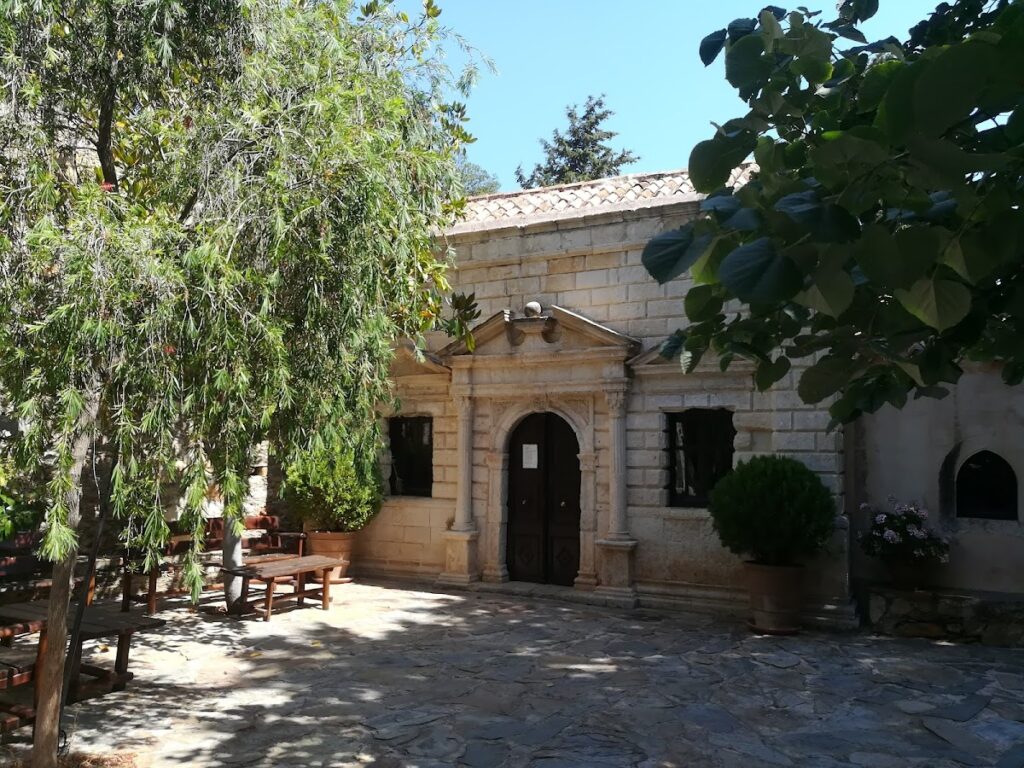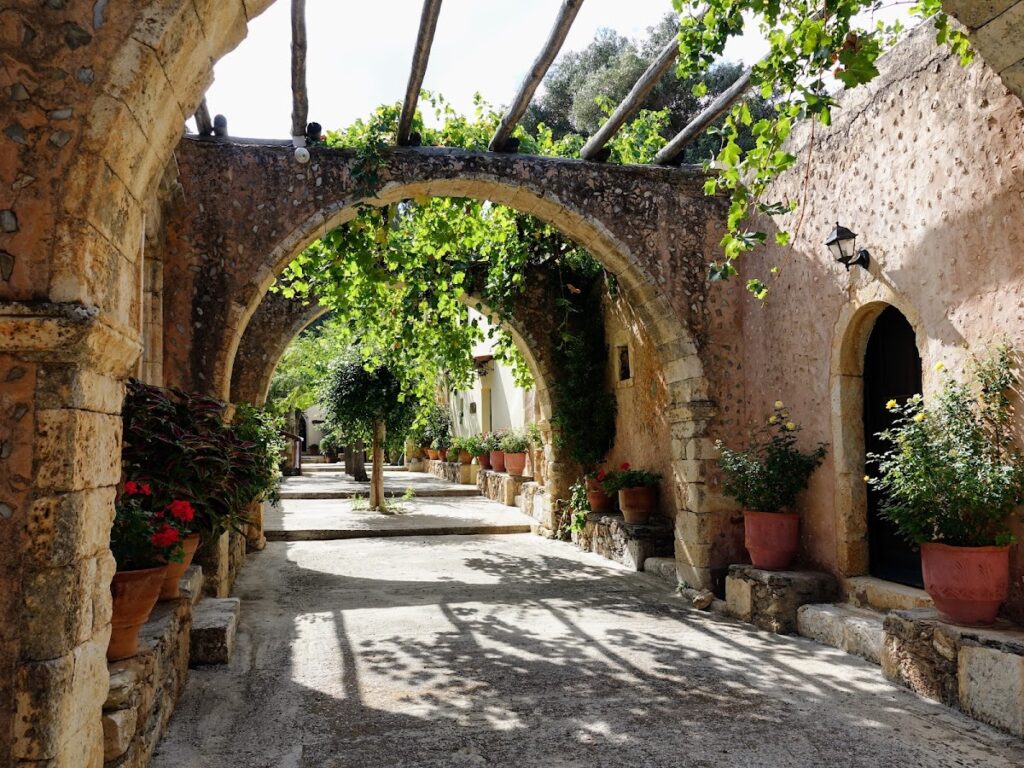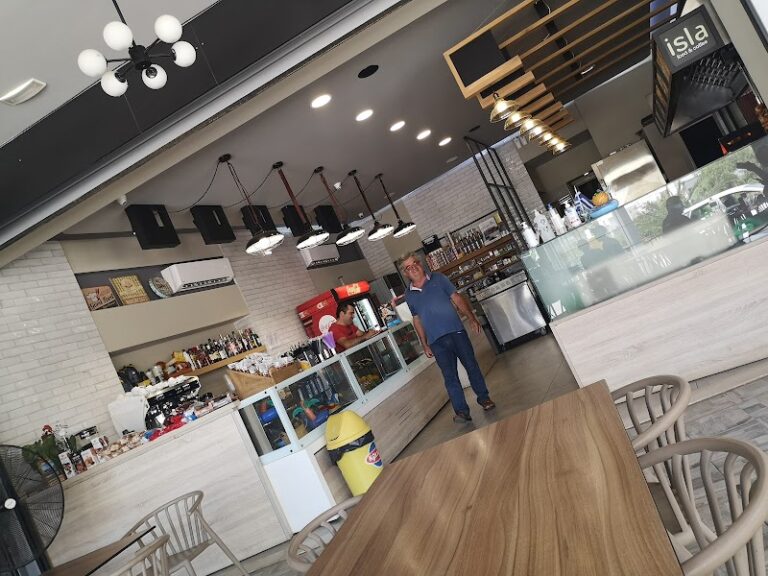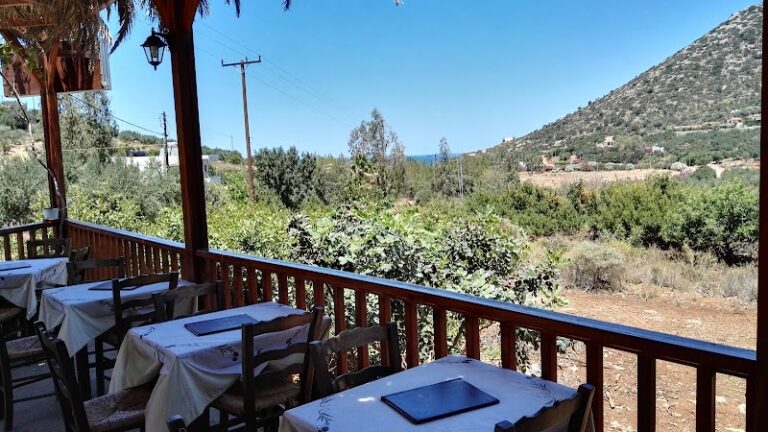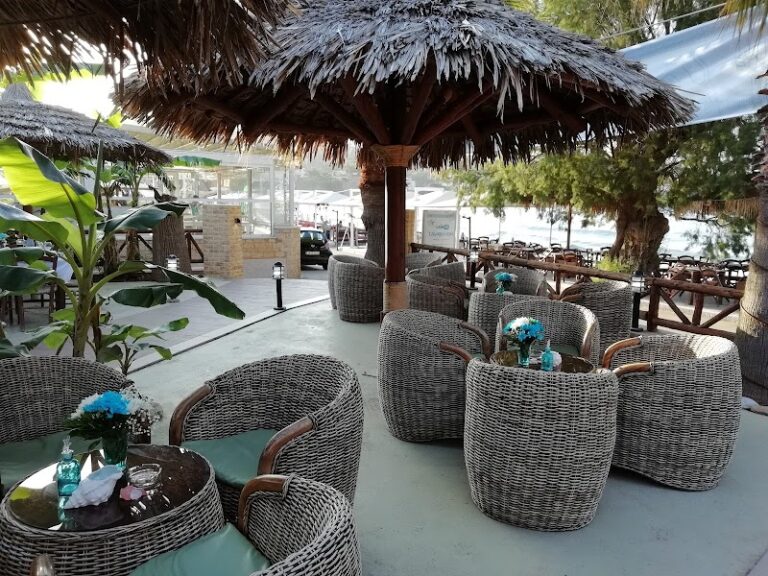These images are powered by
Attali Monastery at Bali
Place description
Attali Monastery, also known as Bali Monastery, is situated on the hill of Agia Ypakoi, to the west of Bali, offering stunning sea views and easy access to the main road connecting Rethymnon and Heraklion. Before the highway was built in 1970, the area was quite isolated, allowing monasticism and asceticism to thrive.
This male monastery is dedicated to Saint John the Baptist and features a two-level complex. Near the grand entrance, you’ll find the stables, and as you explore further, you’ll come across the old mill, a pottery workshop, a bakery, the monks’ cells, and the refectory adorned with frescoes.
Unlike most Cretan monasteries, the church is situated on the northeast side of the complex and outside it. To protect the monks from frequent pirate attacks, a heavy door was installed to isolate the stairs leading to the temple, creating a fortress-like structure. However, the temple remains outside of this protective barrier.
The Bali area has been significant in local history due to its bay being a crucial point for supplying rebels with ammunition and communication with liberated Greece. The Turks attempted to occupy the area multiple times, causing severe damage to the monastery. Interestingly, there is another monastery named Bali in Sifnos, where it is believed that the monks of Attali transferred the sacred icon of Our Lady to protect it from Turkish hands.
The Sacred Peak of Apakoi
Although one of the lowest peaks in the Talean Mountains of Rethymno, the summit of Apakoui holds great archaeological significance. It is strategically located above Bali, offering unobstructed views of the sea, Pyrovolopetra (the port of ancient Astali), and the plains of North Milopotamos. The name Apakoui is derived from the Virgin Mary Gorgoepikoos, who is said to listen to prayers.
On the summit of Apakoui, you can find scattered broken pottery and the remnants of old walls on a small artificial plateau, which is all that remains of the chapel of Virgin Mary Gorgoepikoos. The church, built during early Christian times, was later destroyed, but its name lives on. A rough wooden cross stands nearby, signifying the area’s sacredness. The chapel was constructed on the site of a former Minoan Peak sanctuary, believed to have been the sanctuary of Astali. On the hill’s north side, a portion of the trail connecting Eleftherna to ancient Astali remains. The east side of Apakoui features a stone fountain that supplies water to Atali Monastery. However, the ascent to the summit is steep, dangerous, and the old path is damaged.
The monastery of St. John is home to the church of Panagia Charakiani, located just off the highway. According to tradition, a shepherd discovered the miraculous icon of Panagia in a cavernous rock (charaki). This icon is kept in the monastery and moved to Charakiani during August. Locals used to stay in reed huts for the first 15 days of August, leading up to the celebration of Panagia on August 15, though this tradition has declined in recent years. To the west of the church, you can find the blazon of the Kallergis family, the most influential Cretan family during the Venetian period.
Review stats
Excellent0%
Very good0%
Good0%
Fair0%
Poor0%
Attali Monastery at Bali has received 0 reviews with an average rating of out of 5
User reviews
Explore other places near Attali Monastery at Bali
- 1.0 km
- Restaurants
- ( 4.4 ) / 5

- 1.1 km
- Restaurants
- ( 4.5 ) / 5
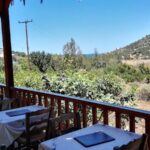
- 1.2 km
- Bars, Cafes, Restaurants
- ( 4.3 ) / 5

- 1.2 km
- Cafes
- ( 4.7 ) / 5

- 1.3 km
- Cafes, Restaurants
- ( 4.4 ) / 5

- 1.3 km
- Restaurants
- ( 4.6 ) / 5

No results available
Reset
